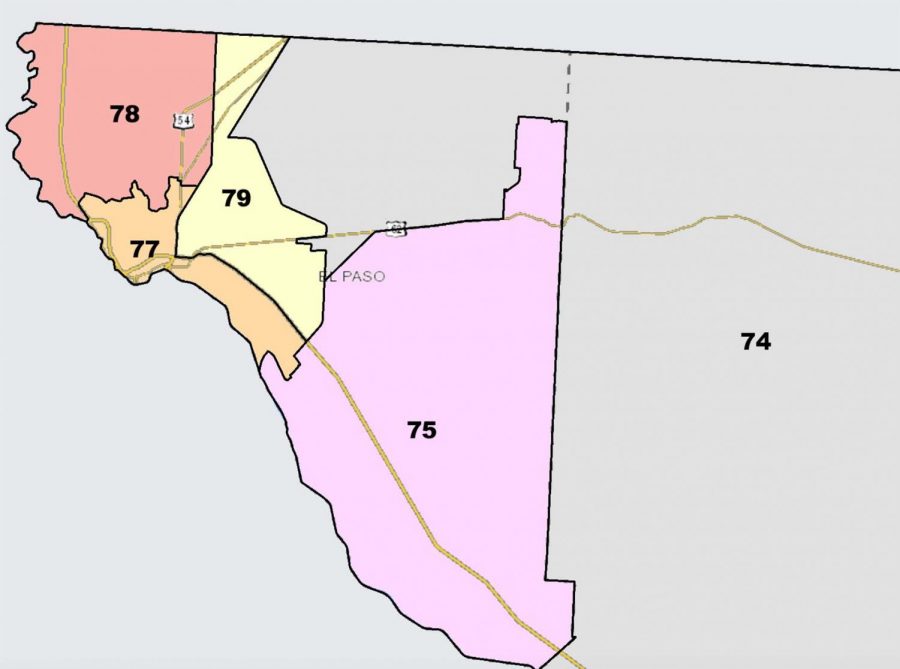The new congressional and legislative district boundaries were signed into law by Texas Gov. Greg Abbot in October with conflicting conclusions regarding its fairness and causing concern among state legislatures.
Every 10 years, the United States sends out the census which “…helps our communities determine where to build everything from schools to supermarkets, and from homes to hospitals… [and] distribute funds and assistance to states and localities,” according to the United States Census Bureau. After the census has been collected, state legislatures gather to redraw the congressional district lines in their states. These lines determine what parts of the state members of Congress represent, and create equally populated districts.
During the third special session in the Texas Legislature, Gov. Greg Abbott’s main focus was on redrawing the congressional lines that could potentially increase the prominence of Republican party influence. Lt. Gov. Dan Patrick stated that the proposal was “legal and fair” in a statement published by the Texas Tribune, while many Democrats say that the maps were drawn with race in mind.
Often referred to as gerrymandering, this practice is defined by UTEP lecturer of political science Richard Guttierez, Ph.D., as “a Legislator draw[ing] the lines in a way that will help them stay in power, so they create districts that will… minimize their losses.”
The senate redistricting process was led by Houston Republican Sen. Joan Huffman, who insisted the lines were drawn without any acknowledgement of the racial identity of individuals that resided in each district, according to an article originally published by the Texas Tribune.
“I’ve stated it, and I’ll state it again — we drew these maps race blind,” Huffman said at a public hearing. “We have not looked at any racial data as we drew these maps, and to this day I have not looked at any racial data.”
The new district line could potentially impact multiple communities of color by decreasing the number of districts where they are essential to an election’s results, despite the U.S. Census information showing that 95% of the population growth in the state of Texas is people of color.
In El Paso, the new district lines will remove District 76 and combine it with District 77, and District 74 will take up part of District 75 and completely take Fort Bliss and the international airport area in District 79.
“Fort Bliss is a part of the fabric of El Paso and shares the same concerns, needs, and goals as the rest of the community,” said U.S. Representative of the 16th Congressional District Veronica Escobar. “Between servicemembers and their families, 37,000 people on Fort Bliss are contributing to our community and enriching our culture; their children are educated at our schools, and they contribute to our local economy significantly.”
The proposed district map was originally drafted by chair of the Senate Special Committee on Redistricting Sen. Joan Huffman (R-Houston), who has garnered a large base of support from GOP members of congress for the redistricting plan.
“The map of the Texas House today reduces El Paso’s representation in two ways: first by drawing two Latinas who represent border districts into one district and second by drawing El Paso’s fifth seat into South Texas,” said El Paso Rep. Lina Ortega. “El Paso could have retained five seats, but the map which passed the Texas State House gives this community only four. This means less representation in Austin for at least the next 10 years.”
Gutierrez said that the current plan stays and is unsuccessfully challenged in the courts it can lead to mass underrepresentation of the majority of people living in Texas which are people of color.
This plan is clearly how do (sic) the Anglos increase their power when their percentage of their population has decreased,” said Gutierrez. “It can be very frustrating, but I always tell my friends we can’t give up whatever little we do we try. I may not be as active as I may have been, but I still try.”
Alberto Silva Fernandez is the photo editor and may be reached at [email protected]







